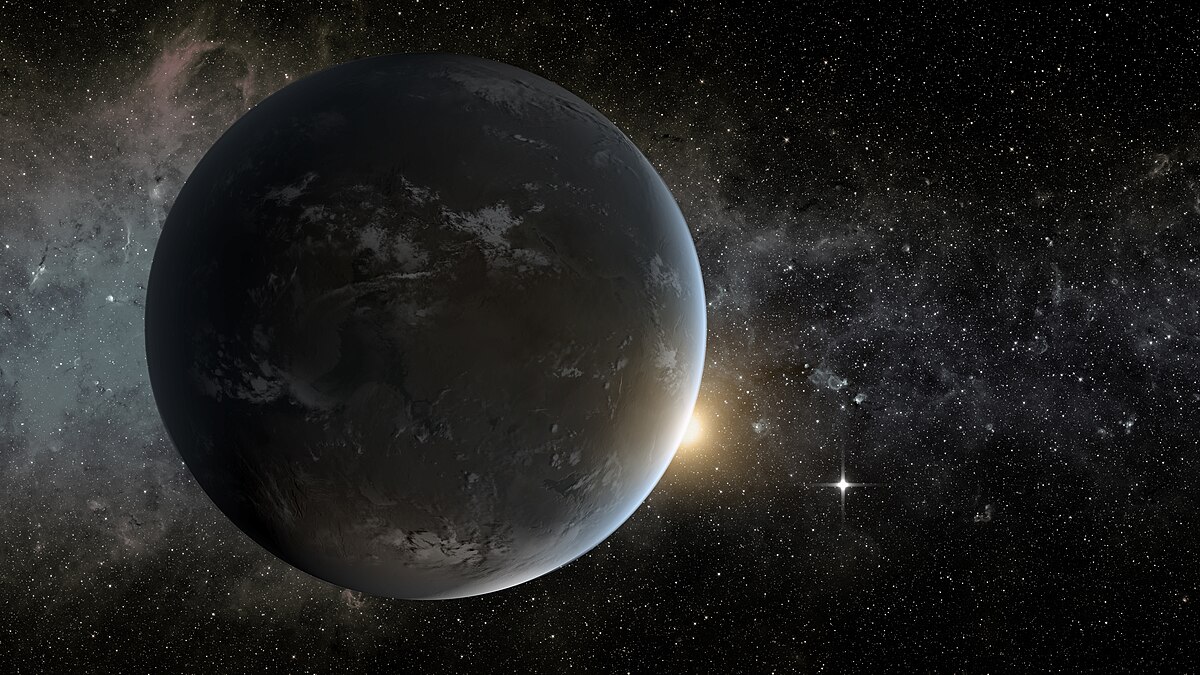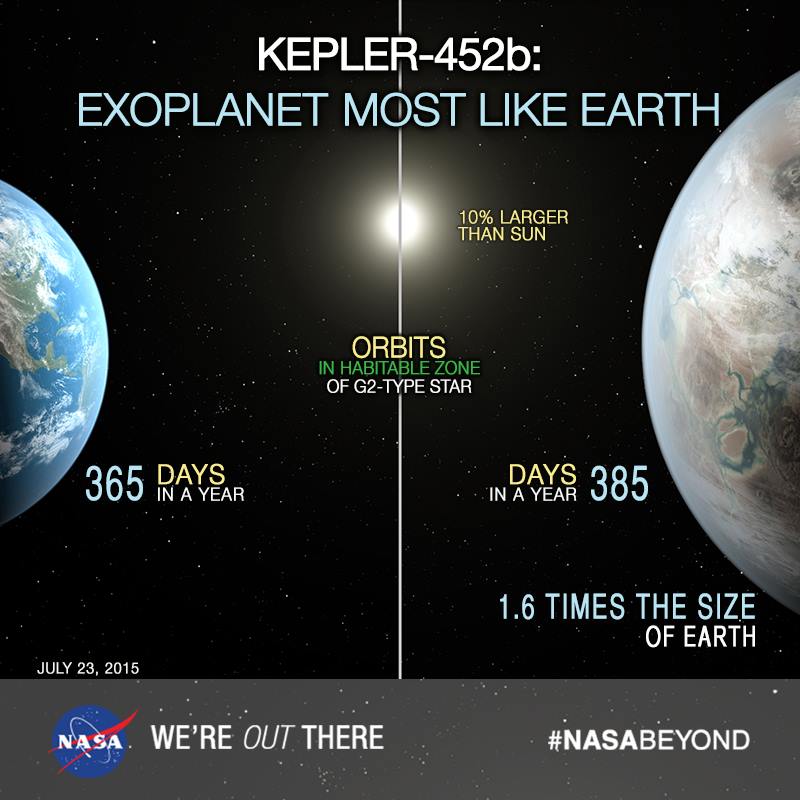Earth "copies"
PLANETS THAT LOOK LIKE EARTH!
A lot of planets have been found since the first planet orbiting a star was discovered in 1995, many of them look like Earth some of them can contain life, and they must have characteristics are like having a good temperature, an atmosphere like the Earth and the size.Also it has to be on the habitable zone of its star.
Gliese 667C c
This exoplanet, which lies just 22 light-years from Earth, is at least 4.5 times as massive as Earth, and researchers aren't sure whether or not it's rocky. Gliese 667Cc completes one orbit around its host star in a mere 28 days, but that star is a red dwarf considerably cooler than the sun, so the exoplanet is thought to lie in the habitable zone.
However, Gliese 667Cc — which was discovered with the European Southern Observatory's 3.6-meter telescope in Chile — may orbit close enough in to be baked by flares from the red dwarf.
Kepler-22b
Kepler-22b lies 600 light-years away. It was the first Kepler planet found in the habitable zone of its parent star, but the world is considerably larger than Earth — about 2.4 times our planet's size. It's unclear if this "super-Earth" planet is rocky, liquid or gaseous. Its orbit is about 290 days long.
Kepler-69c
Kepler-69c, which is about 2,700 light-years away, is about 70 percent larger than Earth. So, once again, researchers are unsure about its composition.
The planet completes one orbit every 242 days, making its position within its solar system comparable to that of Venus within ours. However, Kepler-69c's host star is about 80 percent as luminous as the sun, so the planet appears to be in the habitable zone.
Kepler-62f
This planet is about 40 percent larger than Earth and orbits a star much cooler than our sun. Its 267-day orbit, however, puts Kepler-62f squarely within the habitable zone.

The Kepler-62 system lies about 1,200 light-years away. Kepler 62e is also a potentially habitable planet on that system!
Kepler-186f
This planet is at most 10 percent larger than Earth, and it also appears to reside in the habitable zone of its star, though on the zone's outer edge; Kepler-186f receives just one-third of the energy from its star that Earth gets from the sun.
Kepler-186f's parent star is a red dwarf, so the alien world is not a true Earth twin. The planet lies about 500 light-years from Earth.
Kepler-452b
This world, whose discovery was announced last month, is the most Earth-like planet found so far, NASA officials say. Its parent star is very similar to our sun, and the planet orbits in the habitable zone. At 1.6 times the size of Earth, Kepler-452b has a "better than even chance" of being rocky, its discoverers have said. Kepler-452b resides 1,400 light-years from Earth.





Comentarios
Publicar un comentario